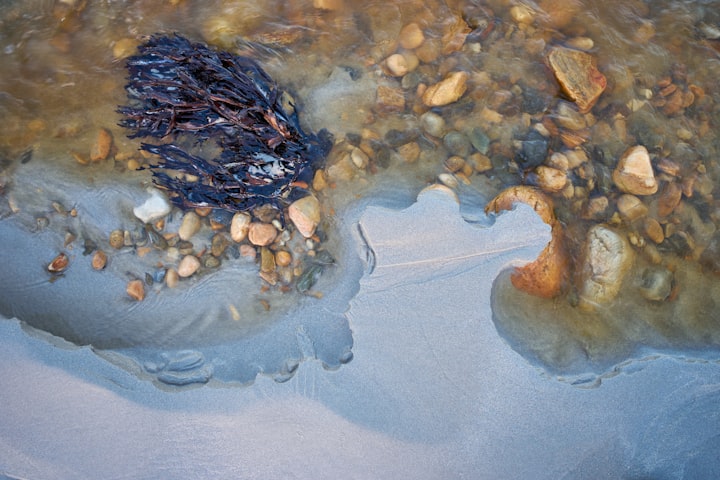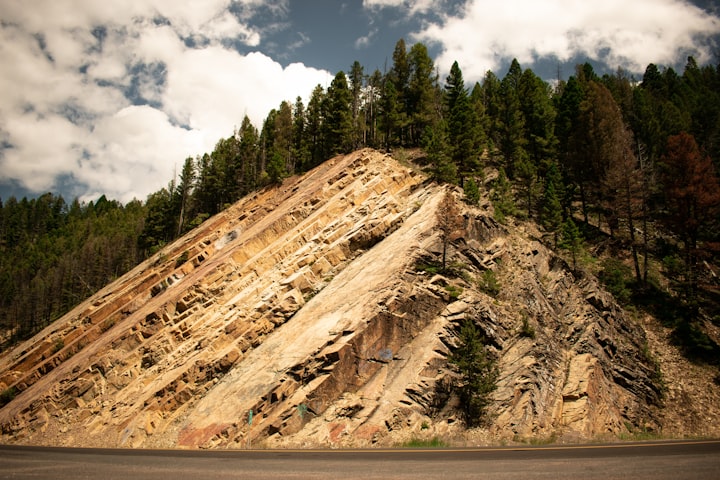
Oceans and seas are both large bodies of saltwater that cover much of the Earth's surface. While they may seem similar, there are some key differences between the two.
An ocean is a vast expanse of saltwater that covers more than 70% of the Earth's surface. There are five oceans on Earth: the Atlantic Ocean, Pacific Ocean, Indian Ocean, Southern Ocean, and Arctic Ocean. Oceans are the largest bodies of water on Earth, and they are generally characterized by their size, depth, and continuous connection with other oceans.
A sea, on the other hand, is a smaller body of saltwater that is usually partially enclosed by land. Seas are often located where the land and ocean meet and may be connected to one or more oceans. There are many seas around the world, including the Mediterranean Sea, the Red Sea, and the Caribbean Sea.
One of the main differences between oceans and seas is their size. Oceans are much larger than seas and can span entire continents. Seas, on the other hand, are usually smaller and are often located within a specific region.
Another difference between oceans and seas is their depth. Oceans are generally much deeper than seas and can reach depths of over 36,000 feet. Seas, on the other hand, are usually shallower and have a maximum depth of around 12,000 feet.
In terms of biodiversity, oceans are generally more diverse than seas. The vast size of the oceans means that they are home to a wide range of marine species, including whales, sharks, and dolphins. Seas, on the other hand, are often connected to a specific region and may have a narrower range of marine species.
Tides :-
Tides are the rise and fall of sea levels caused by the gravitational forces of the moon and sun acting on the Earth's oceans. The gravitational attraction between the moon and Earth causes the ocean to bulge outward, creating a high tide. At the same time, the areas of the ocean between the bulges experience a low tide.
Tides are also influenced by other factors, such as the Earth's rotation, the shape of the coastline, and the depth of the ocean. For example, in areas where the coastline is narrow and the ocean is shallow, the tides can be much more extreme than in areas with a wide coastline and deeper ocean.
Tides can have a significant impact on coastal communities and ecosystems. They can affect the navigation of ships and boats, as well as the growth and reproduction of marine organisms. Tidal currents can also create erosion, as well as transport sediment and nutrients along the coastline.
There are two main types of tides: spring tides and neap tides. Spring tides occur when the sun, moon, and Earth are aligned in a straight line, creating the highest high tides and lowest low tides. Neap tides occur when the sun and moon are at right angles to each other, creating the lowest high tides and highest low tides.
To predict tides, scientists use mathematical models that take into account factors such as the positions of the moon and sun, the shape of the coastline, and the depth of the ocean. Tidal predictions are important for a variety of activities, including fishing, boating, and coastal development.
Seabed :-
The seabed is the bottom surface of the world's oceans and seas. It is a complex and diverse environment that includes a variety of geological features, such as underwater mountains, canyons, and trenches, as well as a wide range of marine life.
The seabed is divided into several zones based on the depth of the water. The shallowest zone is the continental shelf, which extends from the shore to a depth of around 200 meters. The continental shelf is home to a wide range of marine life, including fish, crabs, and mollusks.
Beyond the continental shelf is the continental slope, which is a steep drop-off that leads to the deep ocean floor. This area is home to a variety of underwater mountains and canyons, as well as deep-sea creatures such as anglerfish and squid.
The deep ocean floor is the area of the seabed that lies below a depth of around 3,000 meters. This area is characterized by its extreme pressure and lack of sunlight, which makes it difficult for most organisms to survive. However, there are still some creatures that have adapted to these conditions, such as giant tube worms and deep-sea shrimp.
The seabed is also an important resource for human societies, as it contains a variety of minerals and other resources. These include oil and gas reserves, as well as minerals such as copper, nickel, and zinc. However, the extraction of these resources can have a significant impact on the marine environment and is a subject of ongoing debate and regulation.
Saltwater :-
Saltwater, also known as saline water, is water that contains a high concentration of dissolved salts and other minerals. It is found in the world's oceans and seas, as well as in saltwater lakes and some underground aquifers.
The concentration of salt in saltwater is typically measured in parts per thousand (ppt), with seawater having an average salinity of around 35 ppt. This means that for every liter of seawater, there are approximately 35 grams of dissolved salts.
The most common dissolved salts in saltwater are sodium and chloride ions, which combine to form table salt (sodium chloride). Other minerals that can be found in saltwater include magnesium, calcium, and potassium.
Saltwater plays an important role in regulating the Earth's climate and supporting a variety of marine ecosystems. The ocean's currents help to distribute heat around the planet, while marine organisms, such as phytoplankton, play a crucial role in the global carbon cycle.
Saltwater is also an important resource for human societies, as it provides a source of food, transportation, and recreation. Commercial fishing and aquaculture are major industries that rely on saltwater resources, while many coastal communities rely on tourism related to beaches and water sports.
However, human activities such as pollution and climate change can have a significant impact on saltwater ecosystems. Pollution from industrial and agricultural activities can lead to the accumulation of toxins in the ocean, while climate change is causing ocean temperatures and acidity levels to rise, which can affect the growth and survival of marine organisms.





Comments
There are no comments for this story
Be the first to respond and start the conversation.